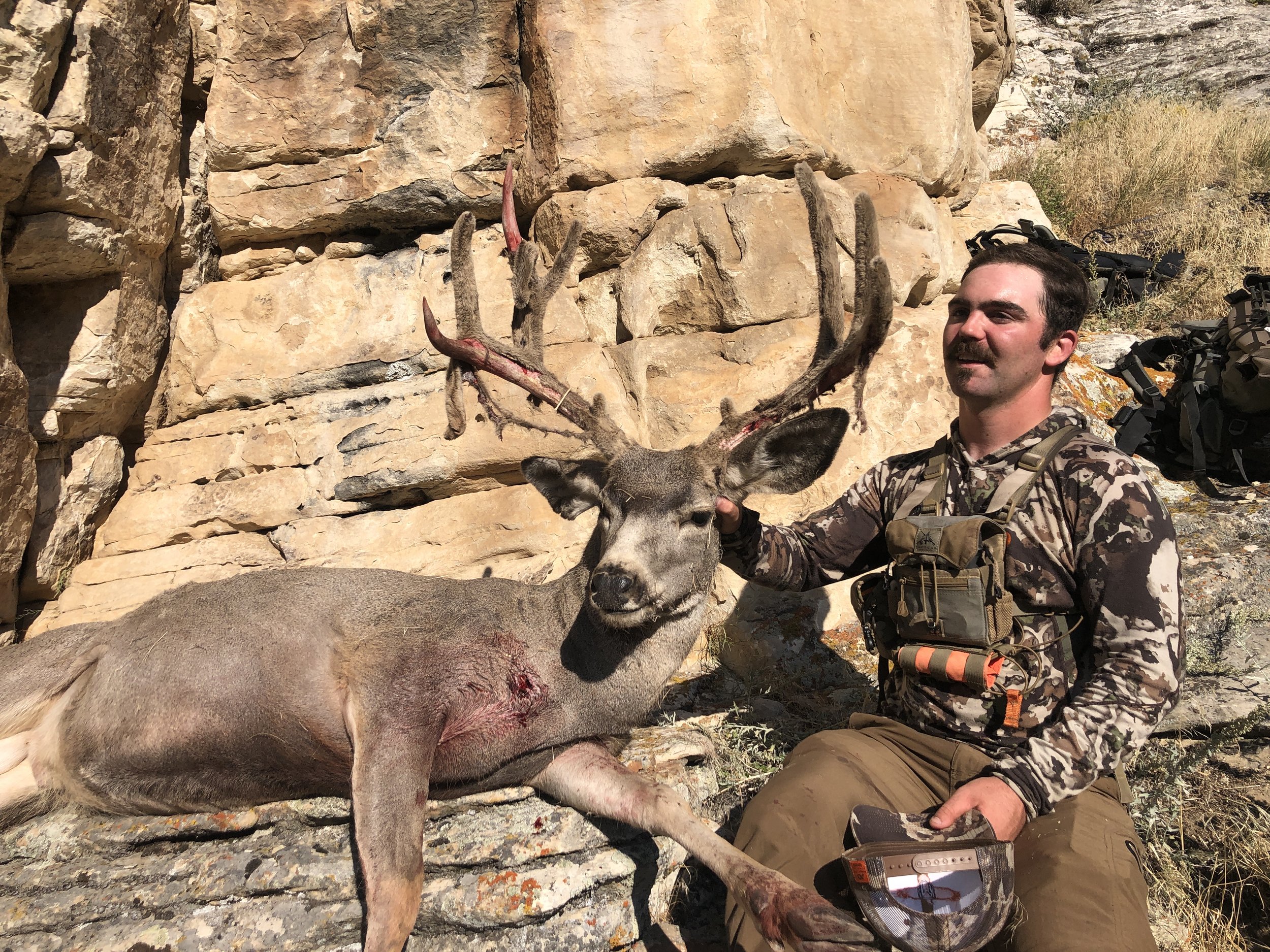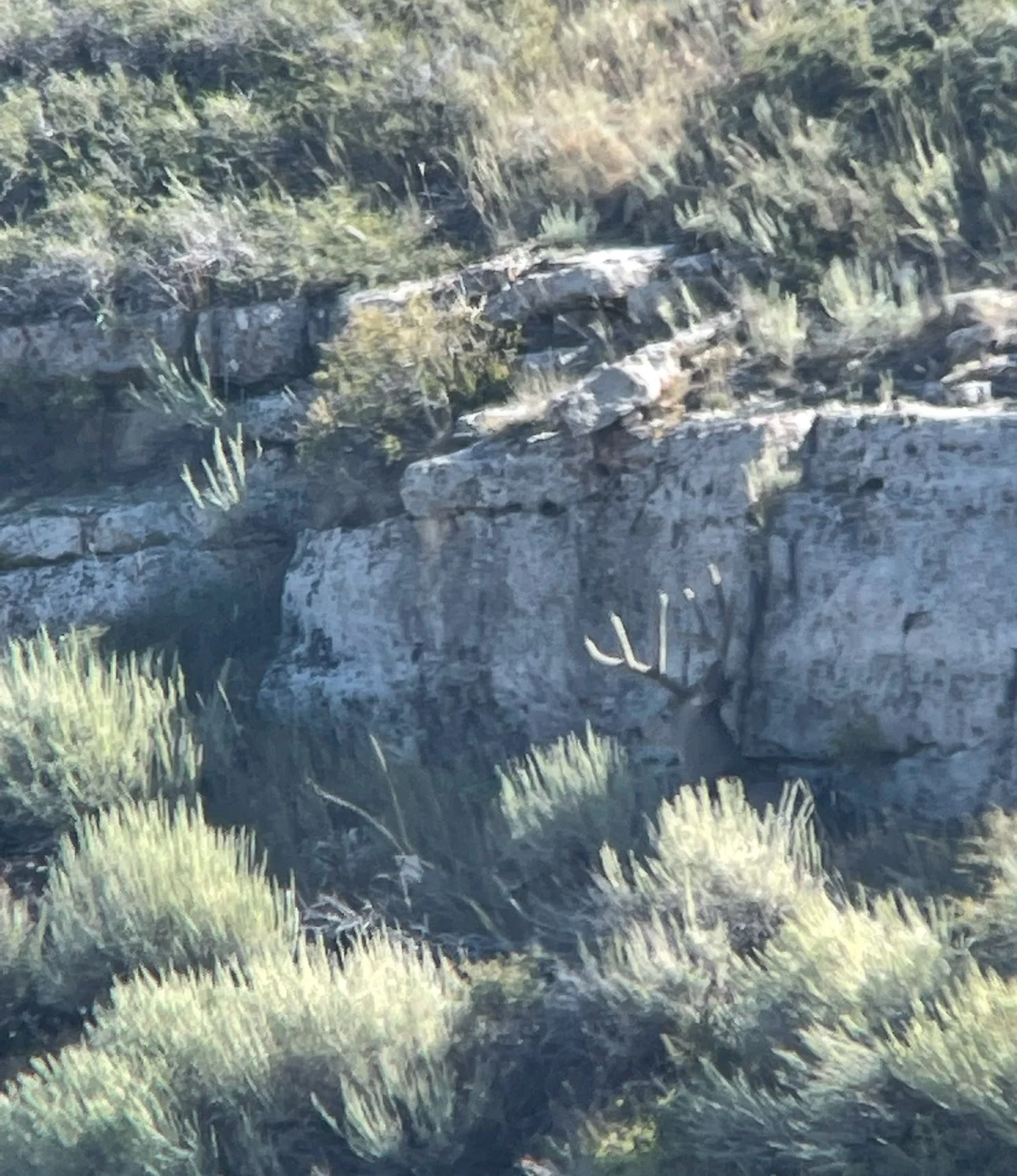Crawling into Bow Range: The Art of Spot-and-Stalk Mule Deer Hunting
There’s nothing quite like slipping inside 50 yards of a velvet-racked mule deer buck in the August sun, heart pounding, knees dusted in sage, and bowstring half-drawn. Spot-and-stalk archery mule deer hunting isn’t just a test of skill—it’s a test of patience, grit, and how much cactus your knees can take before you start to question your life choices. But when it all comes together, few hunts in the West are more rewarding.
Why Archery Spot-and-Stalk?
Most hunters think of mule deer hunting as a rifle game—late October snows, high-country glassing, and long-range shots. But early-season archery flips that script. You’re hunting bucks in bachelor groups, bedded in predictable patterns, often above timberline or tucked into hot, dry desert cuts. It’s a solo chess match on the landscape—your brain versus a buck’s senses.
What makes it addictive? The challenge. These deer live by their eyes, ears, and noses. If you can beat that trifecta and thread an arrow into a mature velvet muley, you didn’t get lucky. You earned it.
The Glassing Game
It all starts with glass. Whether you’re in alpine basins or badlands, your job is to find a buck before he finds you. High-end optics pay for themselves here—think tripod-mounted 10s, 12s, or even a spotter if the country is wide open. Brands like Maven, Vortex, and Swarovski dominate for a reason.
Morning light is key. Bucks feed until the sun gets hot, then bed somewhere shady, often with a good view. Your best bet is to catch them as they feed, then mark where they bed. The stalk doesn’t start until they’ve settled in.
Making the Move
Once a buck’s bedded, it’s go time. Pull out the OnX or the topo map and plan your route. Wind is king—always, always approach with a steady crosswind or straight-in-your-face. Thermals shift as the day warms, so time your move accordingly.
You’ll want to stay out of sight, using terrain features like folds, ridgelines, and vegetation. Mule deer see movement better than shape or color, so move slow. No, slower than that. If you think you’re moving slow, move half that speed.
The best stalks take hours. If you rush, you blow it. If you stay patient, you might just get that once-in-a-season opportunity.
A bedded mule deer buck like this is prime for stalking in on.
The Final 100 Yards
The last part is where most hunters fail. Crawling into bow range requires silence, body control, and a borderline masochistic tolerance for pain. You’ll belly crawl, crab walk, and sometimes get stuck staring at a bedded buck for hours, pinned down with no move to make.
But when he stands to stretch or switch beds, you’d better be ready. Draw smoothly, anchor without panic, and trust your practice. It’s the moment you trained for.
Gear That Matters
Bow setup: Dialed-in fixed-blade broadheads, quiet cams, and forgiving stabilizers. You want confidence in your shot inside 50 yards.
Footwear: Lightweight hikers or even just socks for the final approach. Silence matters more than ankle support.
Pack system: Stone Glacier, Kifaru, or Exo-style packs that let you carry water, optics, and a meat processing kit—but cinch down tight for crawling.
Clothing: Neutral tones that match your terrain. A leafy top or light ghillie hood can help close the distance. Remember to wear long sleeves with a hood – you may be baking in the sun all day for them to stand and present a shot.
Know When to Back Out
Sometimes, it doesn’t work. The buck beds in the wide open. The wind swirls. He beds facing your only approach. Don’t force it. Good archery hunters know when to wait—and when to try again tomorrow.
The Payoff
When it all comes together—when you range a broadside buck at 41 yards, settle your pin, and watch your arrow disappear into the crease—it doesn’t just feel good. It feels earned. Because it is.
Spot-and-stalk archery mule deer isn’t for everyone. But for those willing to suffer, to sweat, to fail more times than they succeed—there’s no better way to hunt the West.



